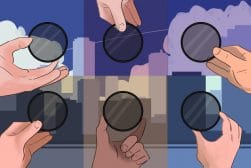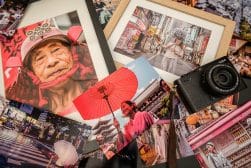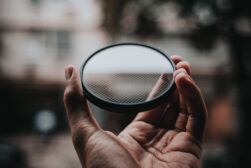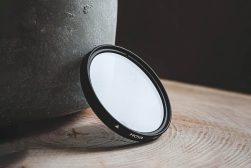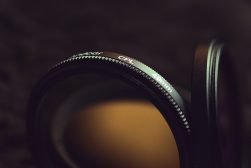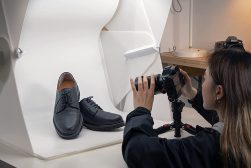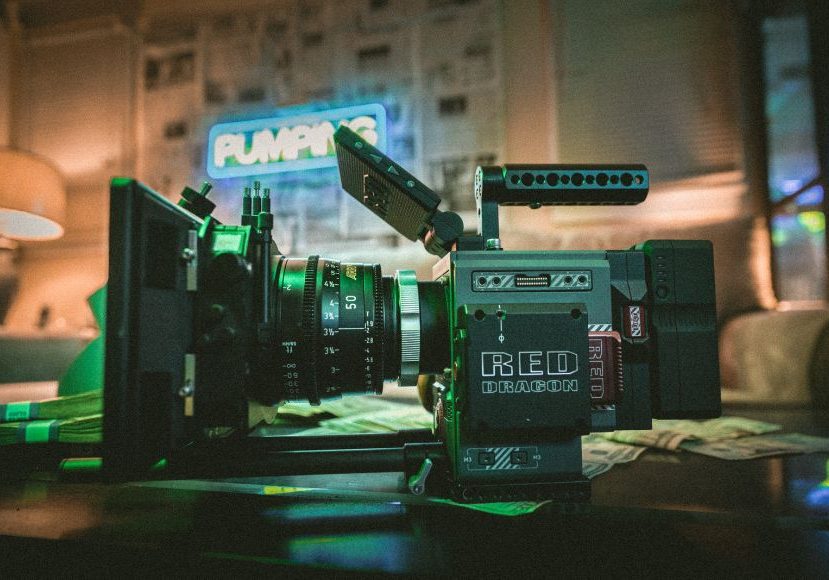
Matte Box or ND Filters – Which One Is Better for Filmmaking?
Explore the pros and cons of using a Matte Box vs ND Filters in filmmaking to see which offers better control over lighting, image quality, and convenience.
Learn Filmmaking | Learn | By Jeff Collier
This guide to filmmaking tools can help you choose which is better: a matte box or ND filters.
Lighting is one of the most important aspects of cinematography. Sadly, you won’t be able to capture the perfect shot in the dark.
That’s why you need plenty of light sources to set the mood. However, this can lead to flares while you’re filming.
Because of that, many people rely on camera accessories that can get rid of this issue.
So, if you have a big project coming up, you may wonder which accessory is best for you. If that’s the case, you’ve come to the right place.
In this article, I’ll walk you through everything you need to know about matte boxes and ND filters.
Related articles you’ll also like:
Table of Contents
Matte Box Overview
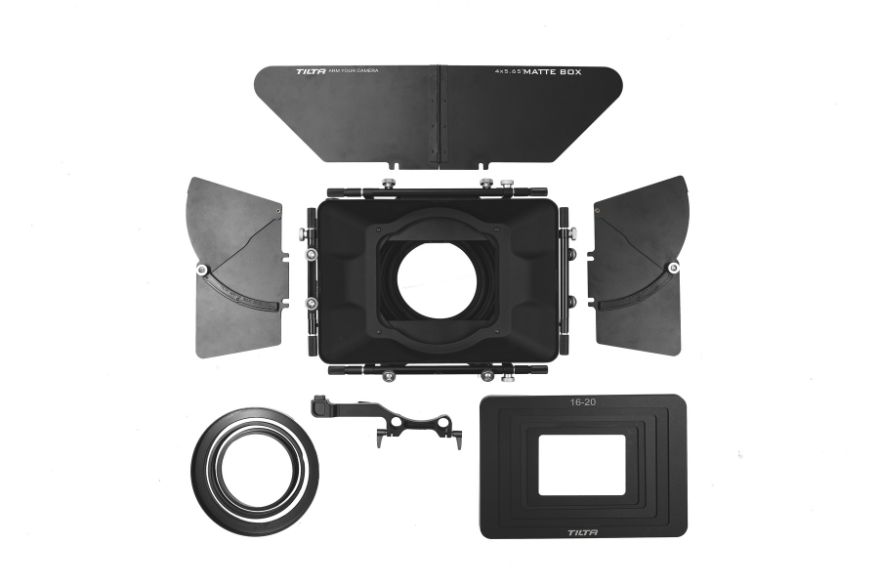
Most cinematographers have heard the name matte box often, but some of them don’t know what the device is all about.
It’s a camera or lens accessory that can help you work with light. The main structure of the device consists of a hood that has barn doors called French flags.
Plus, it comes with a built-in drop-in filter tray component.
Because of its construction, a matte box can serve one of two functions. First up, it can block unwanted light from reaching the lens surface.
You can adjust the angle of the French flags to block light coming from a specific direction.
Other than that, matte boxes can filter incoming light. Using the drop-in filter component, you’ll be able to apply almost any type of filtration to your camera.
That includes softening light, evening out light, and adding special effects.
On top of that, with a matte box, you can combine both functions. This means you can block light while applying filters to your footage.
Moving on, you can secure a matte box to your camera in one of two ways. For starters, some devices come with a rod system that you can attach directly to your camera.
Besides that, a few matte boxes will attach to the end of your lens.
Pros
- Gives you much more control over light than a standard lens hood
- Adjusting the flags should help you eliminate lens flares
- Easier to use than a C-stand with a flag attachment
- Helps you achieve a consistent look
- Filter tray can accommodate all standard square filters
Cons
- Can add weight to your camera rig
- Plastic models aren’t all that durable
- Can be expensive depending on the model you choose
When to Use a Matte Box
There are countless applications for a matte box. In theory, you can use the device whenever you shoot with any light source.
Although, it’s most useful when you’re filming using natural light. That’s because you won’t be able to move the sun.
So, instead of shifting your entire setup, you can adjust the French flags.
Besides that, if you plan on using multiple lenses with different filter ring sizes, a matte box can help.
It’ll make adjusting the light input a walk in the park, which can save you money and time. The same applies when you use a variety of filters.
Moving on, some people prefer to use gimbals or drones when filming. Typically, this is too unstable for a matte box.
However, you can buy a lightweight device that won’t affect your setup.
Neutral Density Filters Overview
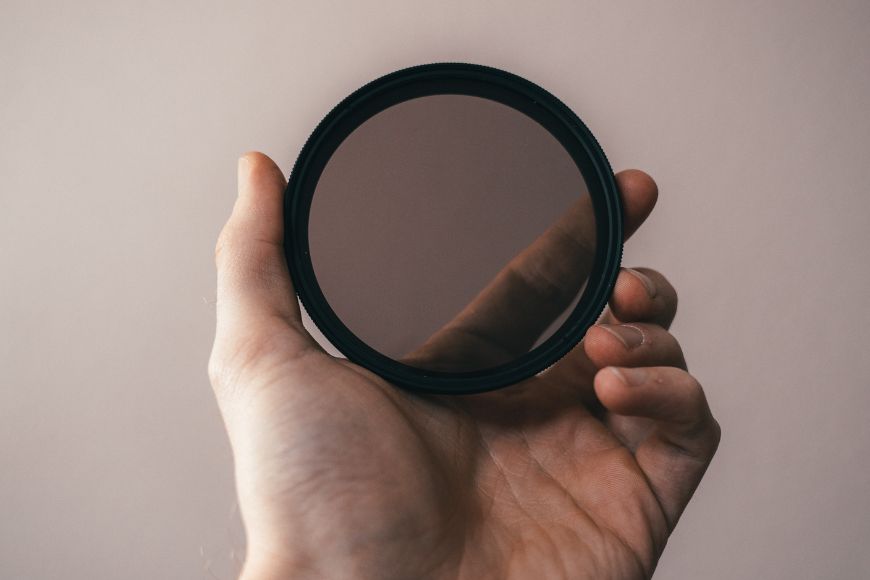
A neutral density (ND) filter is a device that can alter the intensity of all light that passes through it. You can attach it to the front of your camera lens to control how much light enters the sensor.
It neutrally blocks the light without changing the colors, contrast, or sharpness.
At this point, you may wonder, isn’t more light usually better? Technically, yes, but there are some instances where limiting the light may be beneficial.
That’s because when the light entering your lens decreases, you can fiddle around with a few settings. This allows you to select certain combinations of aperture, exposure time, and sensor sensitivity.
Without the ND filter, you’ll end up with overexposed footage. So, using the device you can shoot in harsh lighting conditions.
Moving on, there are two different applications for ND filters.
First up, it can help you use wider aperture to capture shallow depth of field. This is particularly useful if you enjoy shooting portraits.
That way, the person in the photo will be the single focal point and the background will be soft and out of focus.
Other than that, you can use a lower shutter speed to shoot long exposure and motion blur for a long period.
With this application, you can blur objects or add movements to elements while keeping the rest of the image static. That can create a lot of drama in your footage.
Pros
- Helps you slow down the shutter speed to achieve interesting special effects
- Allows you to shoot in harsh light conditions without overexposing your images
- Won’t affect image color, contrast, or sharpness
- Doesn’t alter the quality of your images
- Easy to use and doesn’t add much weight to your rig
Cons
- It can lead to a few underexposed shots
- Increases the possibility of camera shake
- Comes in many shapes and sizes, so compatibility may be an issue
Types of Neutral Density Filters
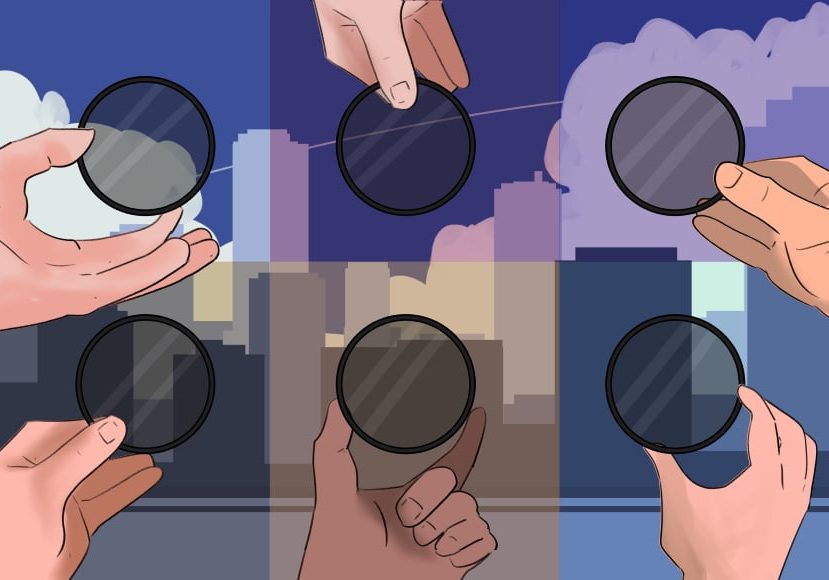
There are two main types of ND filters on the market: fixed and variable ND filters. The former blocks a fixed amount of light, while the latter is more flexible.
To wrap your head around this, you need to know about photography stops. These are the units we use to measure how much light we block.
A photography stop is when you halve the amount of light in your shot.
Here’s an example to make this easier to understand.
Let’s say you use a 1-stop ND filter. That means the device will block out half the amount of light, making the image darker.
With a 2-stop ND filter, you’ll stop the light by two halves in a row.
At a glance, this seems like it’ll result in dark images. However, increasing the exposure time should balance that out.
Moving on, a fixed ND filter will come with a predetermined stop. However, with a variable device, you can choose how much light you want to block based on your shots.
When to Use Neutral Density Filters
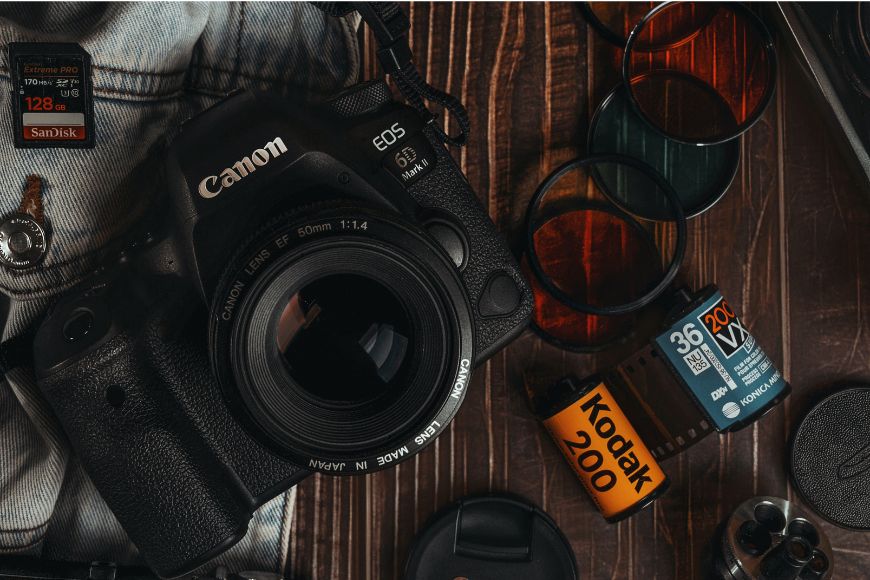
You can use ND filters any time you pick up your camera. You’ll get the most out of them when shooting outdoors.
That’s because ND filters can adapt to the constantly changing light. Plus, if you add motion or shallow depth of field to images, you can bring dim, dull scenes into focus.
For that reason, ND filters can help you capture stunning photos.
Let’s take a quick look at a couple of instances where ND filters can be incredibly useful.
First up, if you’re shooting when the sun is bright, you can use a wide aperture to decrease the depth of field. This will make your images appear sharper, without overexposing them.
Aside from that, ND filters can help you capture images of clouds and fog. It can blur the edges of the pictures to give it a more dramatic feel.
The same applies to pictures of water in action. All you have to do is use longer exposure times and you’ll capture ethereal images.
Trickling streams and waves in the ocean turn into magical displays of blurred motion.
Which Is Better, a Matte Box or ND Filters?
Both accessories have their benefits and drawbacks. So, which one you choose will depend on how you plan on using the device.
Matte boxes tend to be more versatile for the following reasons:
First up, they can block light from a specific part of your frame. Sadly, this isn’t possible to do with ND filters.
Because of that, if you’re shooting a stationary object from a single angle, it’s best to use a matte box.
Plus, with a matte box, you can quickly change filters thanks to the drop-in filter tray design. This will only shave off a few seconds, but in video production, every moment counts.
Moving on, ND filters aren’t ideal if you’re using many lenses with different filter ring sizes. That’s because you’ll need to get a new filter for each lens.
For that reason, it’s a much better idea to use a matte box for filmmaking situations when you need to change lenses often.
Besides that, when you use a matte box, you won’t need to carry additional flags or scrims. That makes it the perfect accessory for any mobile filming setup.
On top of that, a matte box is usually the safer option if you’re constantly on the go. Since accidents are common on set, you need a device that can handle a lot of wear and tear.
Thankfully, matte boxes can protect the glass and your lens filter ring, which can both be expensive to replace.
Finally, if you’re on a budget, then ND filters may be the way to go. The devices can greatly improve the quality of your shots, without breaking the bank.





